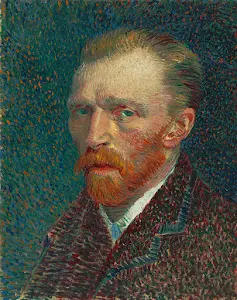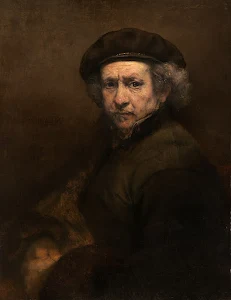– Leonardo da Vinci
How to sell art online?
Selling art online has become an exciting and accessible avenue for artists to share their creations with a global audience. In this digital age, the internet provides a platform where artists can showcase their work, connect with potential buyers, and turn their passion into a thriving business. This brief guide will explore the essential steps to successfully sell your art in the vast landscape of the online art market, helping you navigate the world of e-commerce, marketing, and self-promotion to turn your art into a source of income and fulfillment.
| Selling art online can be a rewarding way to reach a wider audience and potentially make a living as an artist. Here's a step-by-step guide on how to sell art online: |
| Create High-Quality Art: Before you start selling, make sure you have a collection of high-quality, unique, and original artwork. Consistency in style can help build your brand as an artist. |
| Set Realistic Prices: Research the market to determine the value of your art. Consider factors like the size, medium, your experience, and the demand for your work. Be competitive but avoid underpricing your art. |
| Build an Online Presence: Create a professional website or use online art marketplaces like Etsy, ArtFire, Saatchi Art, or platforms specifically designed for artists, such as DeviantArt. You can also use social media platforms to showcase your work. |
| High-Quality Images: Take clear, high-resolution photos of your artwork. Good photography is crucial for online sales, as potential buyers cannot see the art in person. Make sure the images accurately represent the colors and details of your work. |
| Write Descriptive Listings: Write engaging and informative descriptions for each piece of art. Include details about the medium, size, inspiration, and any special features. Your descriptions should help potential buyers connect with your art emotionally. |
| Use Keywords and Tags: Optimize your listings with relevant keywords and tags. This will improve your art's visibility in search results on platforms like Etsy or Google. Research popular keywords in your niche. |
| Offer Multiple Payment Options: Provide various payment options, including credit cards, PayPal, and other secure payment methods, to make it easy for buyers to purchase your art. |
| Set Shipping Policies: Clearly define your shipping policies, including shipping costs, estimated delivery times, and packaging details. Consider offering free shipping or promotional shipping deals to attract more buyers. |
| Promote Your Art: Use social media, email newsletters, and art-focused forums to promote your work. Engage with your audience, share your creative process, and build a community around your art. |
| Build a Mailing List: Collect email addresses from interested buyers or website visitors. This way, you can keep them informed about new art releases, promotions, or exhibitions. |
| Engage with your Audience: Respond to comments, messages, and inquiries promptly. Building a personal connection with potential buyers can help build trust and increase sales. |
| Seek Reviews and Testimonials: Encourage satisfied customers to leave reviews or testimonials on your website or the platform where you sell your art. Positive feedback can boost your credibility. |
| Participate in Online Art Communities: Join online art communities, forums, and groups to network with other artists and potential buyers. Sharing your work in these spaces can help you gain exposure. |
| Consider Print-on-Demand Services: If you're open to selling reproductions of your art, explore print-on-demand services like Printful, Society6, or Redbubble. These platforms handle printing, packaging, and shipping, while you earn a commission on sales. |
| Protect Your Art: Consider copyright protection or watermarking your images to deter unauthorized use or reproduction of your work. |
Remember that selling art online can take time to build a customer base and start generating consistent income. Keep refining your strategy, learning from your experiences, and adapting to the evolving online art market. Building a strong online presence and consistently producing high-quality art are key factors for long-term success. |






















